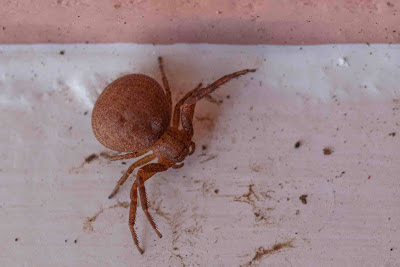
So I've declared war on the invasive species that's appeared in our Wildscape: Malta star-thistle (Centaurea melitensis). This year, I'm trying to spot the rosettes and yank them while they're small. However, as you'll see below, even at a young age, these bad boys put on seed heads!
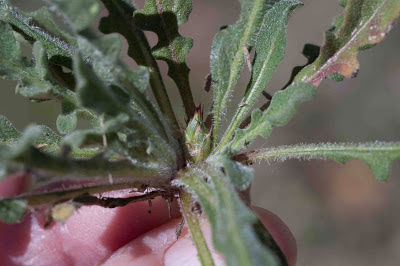
See? That's a flower about to bloom!

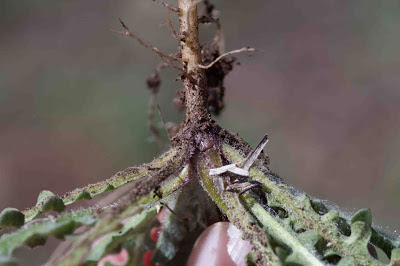
I thought it was interesting and perhaps helpful to see that the roots are purplish at the base.



This is what an older thistle looks like. But they can grow much bigger, too.
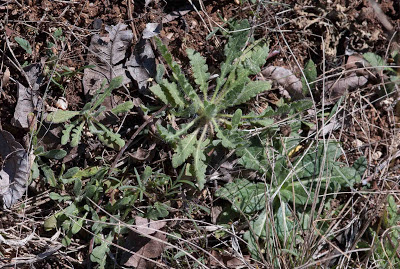
It's important to recognize the difference between a Malta star-thistle rosette and, say, an Engelmann's daisy rosette. You don't want to pull out the good guys! In the above photo, look close and see if you can spot the thistles.
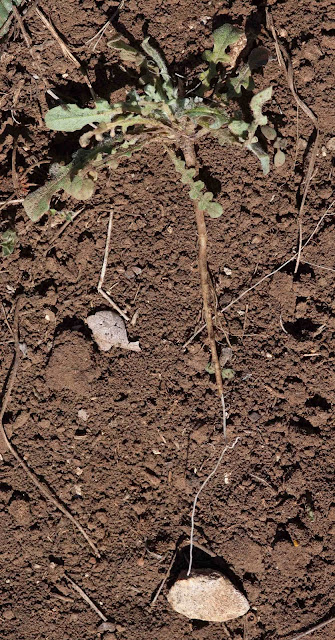
The tap root of a star-thistle grows really long.
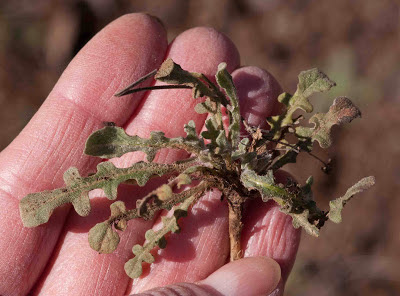
The head of the thistle pictured above.

Here's a seedhead already.

When you get good, you can pull Malta star-thistles when they're really tiny.

Here's a thistle that would have crowded out a stiff greenthread.
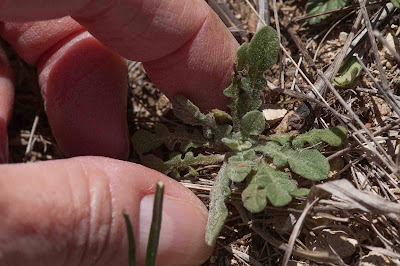
I really despise these plants.
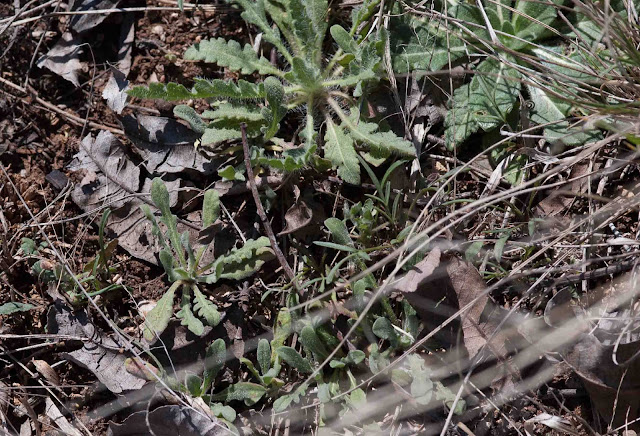
One more seek-and-find photo. Find the thistles.
Then get rid of them!












